White or light-colored dinnerware is a classic: it looks crisp, clean, and elegant. The only problem is that after you've used it for a few years, the surfaces bear a lot of grey scuff marks from forks, spoons, and knives being dragged across the surface.
It's tempting to donate the lot and get new bowls and plates, but the truth is, you can make your plates and bowls look good as new in no time at all and for very little money.
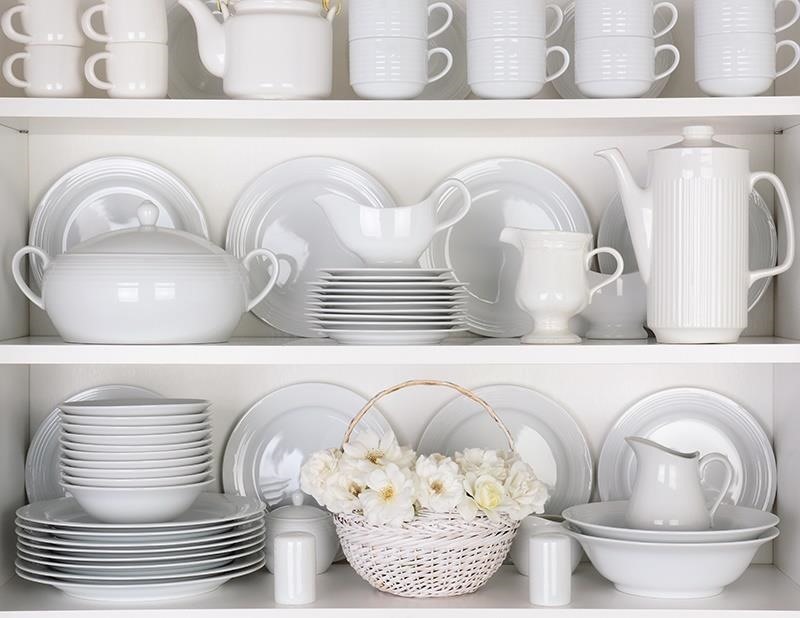
You need a little elbow grease, water, and one of three ingredients—two of which you probably already have, while the third can be easily and cheaply purchased at most hardware stores or major retailers.
Baking Soda, Cream of Tartar, or Bar Keeper's Friend
It turns out you can wipe away those marks with a gentle yet mildly abrasive powder like the ones listed above. Simply select your weapon of choice and make it into a paste with a little water. Then use your finger, a sponge, or a piece of cloth to rub the scuff marks with the paste until they disappear.
Keep in mind that this only works on scuffs or stains. If your dinnerware is scratched or nicked, these cleansers won't do much for you and might make the scratches worse if you clean too enthusiastically.

Mom Outnumbered used a combination of powder and liquid Bar Keeper's Friend and her results are pretty amazing, as you can see above.
Why Does This Work?
As stated above, baking soda and cream of tartar are both gentle abrasives. (Fun fact: cream of tartar is actually a byproduct of the wine-making process.) If your dinner plates are only mildly scuffed up, then either one will probably take care of removing the residue left behind when you scrape forks and knives across the surface.
If your dinnerware is pretty heavily dinged up, you might want to go with Bar Keeper's Friend to really get the surfaces clean. Why? Because Bar Keeper's Friend contains oxalic acid, which is commonly used in laundries to remove rust and ink stains. Oxalic acid can transform insoluble (i.e., not dissolvable in water) iron compounds into something that is soluble (can be rinsed away in water). Most affordable, everyday flatware is made of stainless steel, which contains iron as well as other trace metals, which is why it can leave those gray marks across your plates.

And while Clean My Space says you can use this technique on everyday plates or fine china, take a tip from The Kitchn and test it out on the back of the plate first to be sure that this cleaning method won't harm your goods. It's better to be safe than sorry, especially if you're cleaning beloved heirlooms or your wedding china.
And Now for the Silverware
If you have sterling silver forks, knives, and spoons, chances are that after years of use, they could use some rehabilitation, too. Michican State University states that when cleaning genuine silver, you wear plastic or cotton gloves, since rubber can corrode silver.
Now you can use the classic technique involving baking soda, boiling water, and tinfoil to get all the tarnish off your silverware. You need a large, shallow pan or heat-proof container, enough tin foil to line the bottom of the pan, and one cup of baking soda per gallon water.
Spread out the tin foil in the bottom of the pan and arrange the silverware atop it in a single layer. Every piece of silverware should be in contact with the foil for this method to work properly. And if you have an aluminum pan, you can skip the tin foil entirely.

Next, bring enough water to a boil so that your silverware will be completely submerged. Add the baking soda. The University of Wisconsin points out that the mixture might foam, so you may want to do all this in the sink or outside.
Finally, pour the baking soda and water mixture over the silverware until all the pieces are submerged. Then watch gleefully as the tarnish and dark stains disappear. In the video below, it's a silver trophy being cleaned, but the idea is the same.
Martha Stewart recommends waiting until the tarnish is all gone, removing the silverware, and buffing it with a soft cloth.
Aluminum Foil Helps Transform Silver Tarnish Back into Silver
So why does this happen? Real silver discolors when it reacts with sulfur compounds that are present in the air. After several years, this builds up and produces that thin black layer of discoloration, which is called silver sulfide.
Aluminum helps convert the silver sulfide back into actual silver because it has a stronger attraction to sulfur than silver does. Helped along by the heat of the baking soda-water solution, sulfur atoms switch their allegiance from silver to the aluminum foil, creating aluminum sulfide and freeing up the silver from its discoloration in the process.
What About Stainless Steel Flatware?
If your stainless steel flatware is discolored, Good Housekeeping suggests soaking it in one gallon of hot water with one teaspoon of ammonia added. Michican State University suggests using vinegar by itself to remove heat stains from stainless steel utensils (they're those light brown or copper-colored scorch marks you sometimes see on flatware).
And remember to treat silverware or stainless steel flatware well so they retain their good looks: clean them immediately after use, dry them off rather than letting them air dry, don't soak them in hot water or detergent for extended periods of time, and avoid the dishwasher—all that clanging around can lead to scratches and nicks that no amount of effort can remove.

Have more stuff in the kitchen that needs cleaning? You can also use ketchup to clean tarnished metal and learn how to get out grease and food stains with a cheap homemade solution. Plus, you can avoid scuffing up your plates in the first place by using chopsticks for everything.
Just updated your iPhone? You'll find new emoji, enhanced security, podcast transcripts, Apple Cash virtual numbers, and other useful features. There are even new additions hidden within Safari. Find out what's new and changed on your iPhone with the iOS 17.4 update.
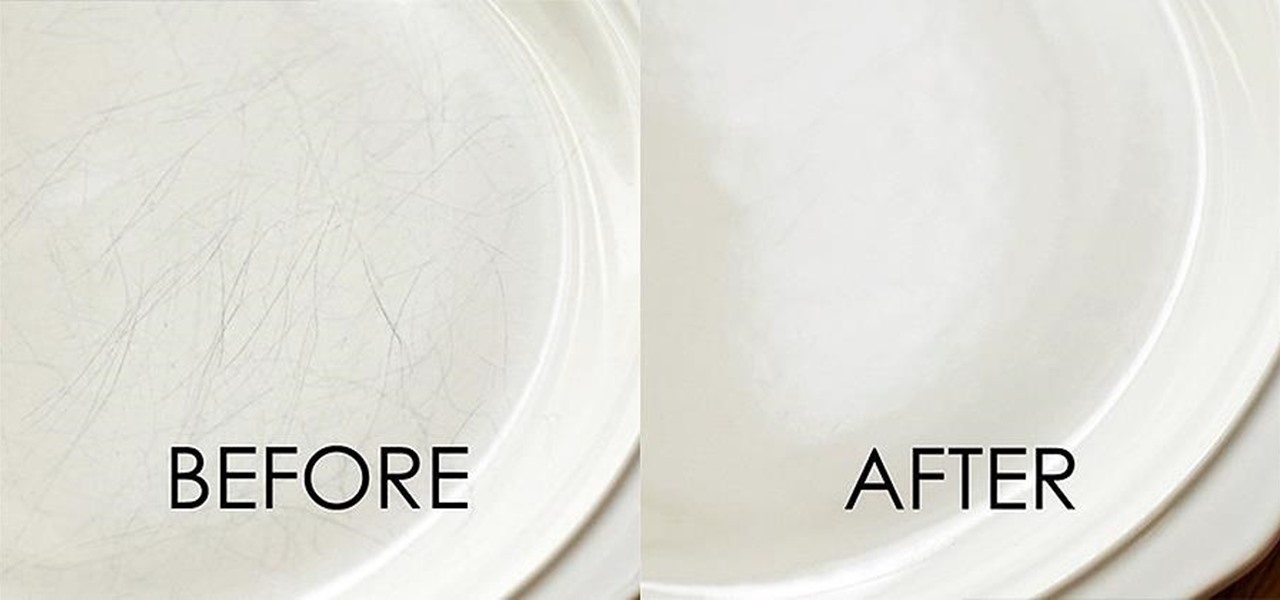




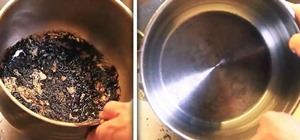







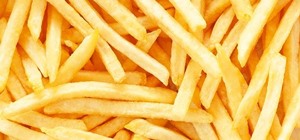
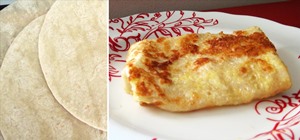

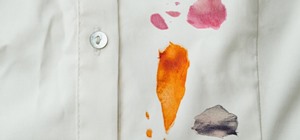
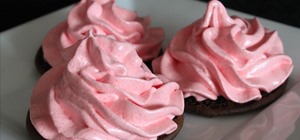
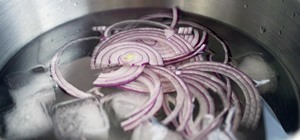
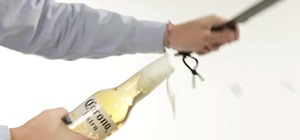


2 Comments
Dies ist sehr nützlich!
Gut, ich bin froh, das zu hören. Lassen Sie uns wissen, wenn Sie es versuchen.
Share Your Thoughts